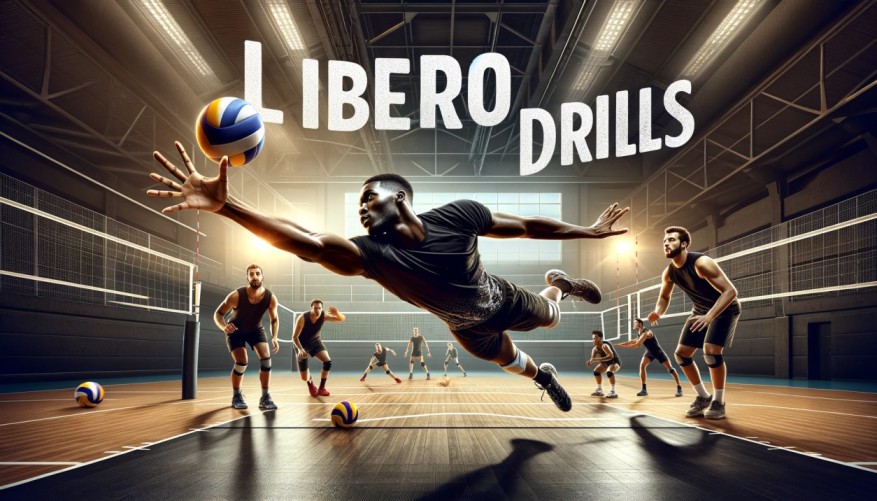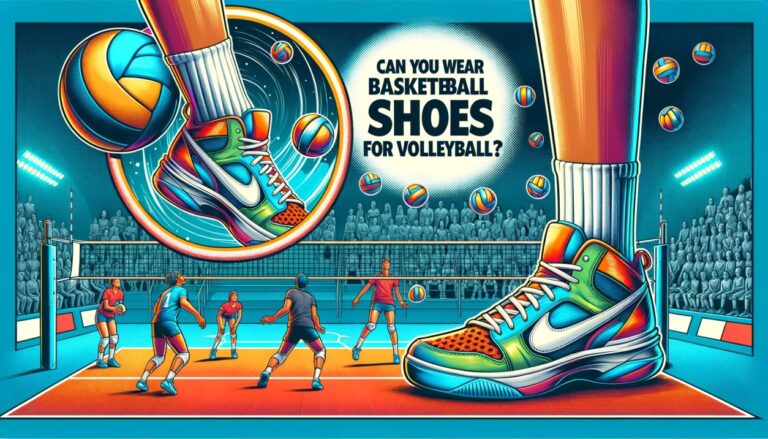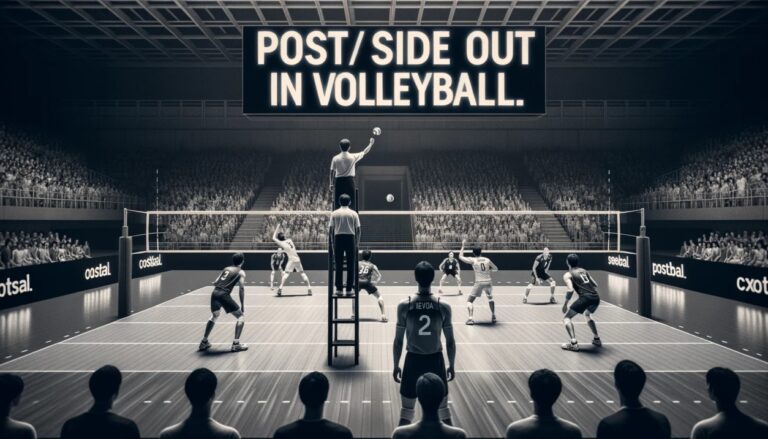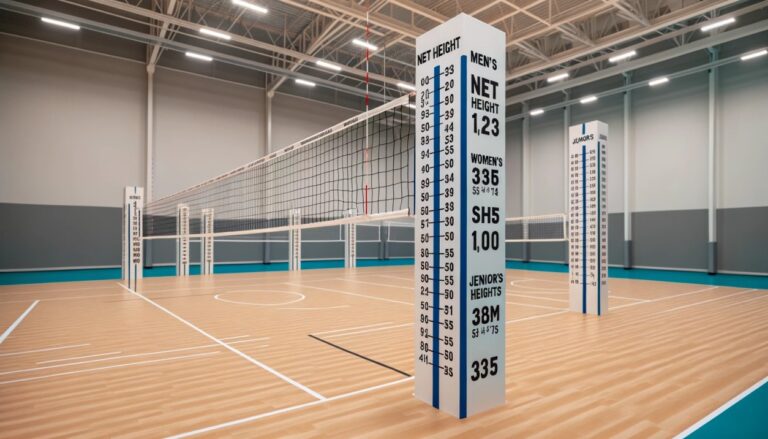Libero Drills: Complete Guide of Libero Drills & Workout
Introduction
. In this comprehensive guide, we’ll dive into the world of libero drills to help you master this crucial role. Whether you’re a beginner or looking to up your game, we’ve got you covered. So, let’s dig in—pun intended!
What is a Libero?
In volleyball, the libero is the defensive specialist, the player you can spot easily because they wear a different colored jersey. Why the spotlight? Well, they have a unique set of responsibilities:
- Passing: They’re often the first to touch the ball during a serve-receive.
- Digging: When the ball is spiked by the opponent, guess who’s diving to save it? Yep, the libero.
- Setting: In some rotations, the libero may also set the ball for attackers.
The libero is the backbone of a solid defense and often sets the tone for the team’s energy and morale.
Why Drills are Essential for a Libero
You might think, “Hey, I’m agile and quick. Why do I need specialized drills?” Well, being a libero isn’t just about natural talent; it’s about skill refinement. Here’s why:
- Skill Development: Drills help you focus on specific skills like passing, digging, and serve-receive.
- Reaction Time: The game moves fast, and drills help you improve your reaction time.
- Teamwork: Believe it or not, a libero’s performance can make or break team dynamics.
Basic Drills for Beginners
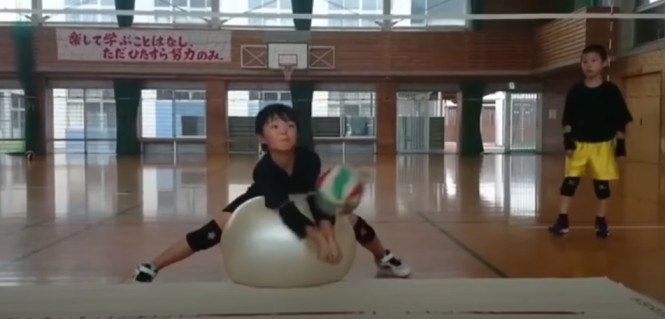
Passing Drills
- Target Passing: Use a hula hoop or a marked area as your target and aim to pass the ball into it.
- Wall Passing: Stand about 5 feet from a wall and pass the ball against it, aiming for consistent height and direction.
Digging Drills
- Pepper Drill: This is a two-player drill where you alternate between passing, setting, and spiking.
- Dive and Roll: Practice diving for the ball and rolling to dissipate the impact, then popping back up quickly.
These basic drills are your bread and butter. They lay the foundation for more advanced skills.
Wall Digging Drill
- Objective: Improve reaction time and hand-eye coordination.
- How to: Stand about 2-3 feet away from a wall. Have a partner or a machine toss the ball against the wall. Your goal is to dig the ball back against the wall without letting it touch the ground.
- Tips:
- Keep your eyes on the ball.
- Use soft hands to cushion the ball.
Turn & Dig Digging Drill
- Objective: Enhance your ability to read the play and react quickly.
- How to: Start with your back to the net. On a cue, turn around quickly to face the net and dig a ball coming from a spiker or a machine.
- Tips:
- Turn quickly but maintain balance.
- Anticipate the trajectory of the ball.
Serving Machine Passing Drill
- Objective: Improve passing accuracy from hard serves.
- How to: Use a serving machine to send balls over the net at varying speeds and angles. Focus on digging the ball accurately to the setter.
- Tips:
- Position yourself correctly.
- Use your platform effectively.
Knee Digging Drill
- Objective: Develop the skill to dig balls while on your knees.
- How to: Start on your knees and have a partner send balls towards you. Dig the ball without rising to your feet.
- Tips:
- Keep your arms extended.
- Use your upper body to direct the ball.
Single Arm Digging Drill
- Objective: Improve one-arm digging skills.
- How to: Have a partner send balls to one side of your body. Use only one arm to dig the ball.
- Tips:
- Keep the arm straight.
- Rotate your torso to add power.
Libero Diving Drill
- Objective: Enhance diving and rolling skills.
- How to: Perform digs that require you to dive to either side. Focus on rolling safely to dissipate the impact.
- Tips:
- Dive with purpose.
- Roll smoothly to avoid injury.
Bosu Ball Libero Drill
- Objective: Improve balance and core strength.
- How to: Stand on a Bosu Ball while digging balls sent by a partner or machine.
- Tips:
- Maintain core stability.
- Keep your eyes on the ball.
Slow Motion Roll Practice Drill
- Objective: Perfect the technique of rolling after a dig.
- How to: Perform a dig and then execute a slow-motion roll. Focus on each part of the roll to ensure proper technique.
- Tips:
- Break down the roll into segments.
- Practice until the motion becomes fluid.
Net Save Digging Drill
- Objective: Master the skill of saving balls that are close to the net.
- How to: Have a partner send balls close to the net. Your goal is to dig them without touching the net.
- Tips:
- Be quick but controlled.
- Use soft hands to cushion the ball.
Intermediate Drills to Elevate Your Game
Serve Receive Drills
- Random Serve Receive: Have someone serve randomly to different zones, forcing you to move and adjust.
- Pressure Serve Receive: Add time or point constraints to simulate game pressure.
Reaction Drills
- Flashlight Drill: A partner shines a flashlight on a wall, and you have to touch the lit area as quickly as possible.
- Ball Drop: A partner drops a ball from a height, and you have to catch it before it bounces twice.
Advanced Drills for Elite Liberos
Defensive Positioning Drills
- Shadowing: Follow another player’s movements to mimic their defensive positioning.
- Zonal Defense: Practice covering specific areas of the court under different game scenarios.
Communication Drills
- Silent Volleyball: Play a game without talking to highlight the importance of non-verbal cues.
- Call and Response: Use specific phrases or signals to communicate different plays or strategies.
Drills You Can Do At Home
Solo Drills
- Wall Serves: Serve the ball against a wall to improve your accuracy and strength.
- Balloon Juggle: Keep a balloon off the ground using your volleyball skills.
Drills with a Partner
- Backyard Pepper: Similar to the pepper drill but in a more confined space.
- Target Serving: Take turns serving to each other, aiming for specific targets.
Tips for Effective Practice
- Consistency: Regular practice is key.
- Feedback Loop: Record your drills or ask for feedback to identify areas for improvement.
Recommended Gear for Libero Drills
- Shoes: Opt for lightweight, grippy volleyball shoes.
- Knee Pads: Choose pads with good cushioning and flexibility.
FAQs
What is the ideal height for a libero?
There’s no ideal height; agility and skill are more important.
How can I improve my serve receive?
Focus on your stance and hand positioning. Drills can help.
How do I communicate effectively with my team?
Use clear, concise language and non-verbal cues.
How do you practice libero in volleyball?
Drills: The best way to practice as a libero is through specialized drills that focus on passing, digging, and serve-receive.
Game Simulation: Practicing in game-like conditions helps you adapt to real match scenarios.
Feedback: Always seek feedback from coaches or teammates to improve your skills.
How can I be a faster libero?
Agility Training: Incorporate agility ladders, cone drills, and speed training into your routine.
Reaction Drills: Use drills like the flashlight drill to improve your reaction time.
Footwork: Focus on your footwork to move more efficiently around the court.
What is a libero in volleyball?
The libero is a defensive specialist in volleyball, responsible for passing, digging, and sometimes setting. They wear a different colored jersey and have unique rotation rules.
How do you dive as a libero?
Approach: Approach the ball at an angle, not head-on.
Technique: Use a roll or controlled dive to reach low balls, cushioning your fall with your arms and rolling to dissipate impact
Can a libero ever spike?
- No, a libero cannot spike the ball when it is entirely above the net’s height.
What skills does a libero have?
- Passing: Accurate and controlled passing to set up plays.
- Digging: Ability to keep the ball in play from hard spikes.
- Serve-Receive: Skills to properly handle serves and set up the offense.
What are the three rules related to a libero player?
- Rotation: The libero cannot rotate to the front row.
- Attack: The libero cannot attack the ball when it is entirely above the net.
- Setting: In some leagues, there are restrictions on liberos setting the ball for an attack.
Can a libero step in the front row?
- No, a libero is restricted to the back row and cannot step into the front row to attack or block.
What is unique about a libero?
- Different Jersey: Wears a different colored jersey for easy identification.
- Specialization: Focuses solely on defensive skills like passing and digging.
- Rotation Rules: Has unique rules for rotation and substitution.
Can a libero play setter?
- In some rotations and leagues, a libero can act as a setter but with certain restrictions, such as not being allowed to jump and set the ball for an attack if they are in front of the 3-meter line.
Conclusion
We’ve covered everything from the basics to advanced drills, gear recommendations, and even FAQs. Now, the ball is in your court—literally! So, what are you waiting for? Get out there and start practicing to become the ultimate libero.
